The Passion Flower (Genus: Passiflora) is indigenous to the Americas. It is unique among the hundreds of old Christian flower symbols in that there is specific historical documentation of the time and place of its origin – the symbolism having been first perceived by the Mexican Augustinian friar, Emmanuel de Villegas, who reported it, with sketches, in Europe in 1610. The Passion Flower was known in Spanish as “La Flor de las Cinco Llagas” or the ‘The Flower With The Five Wounds.’ ‘Passionis’ refers to (Christ’s) suffering.
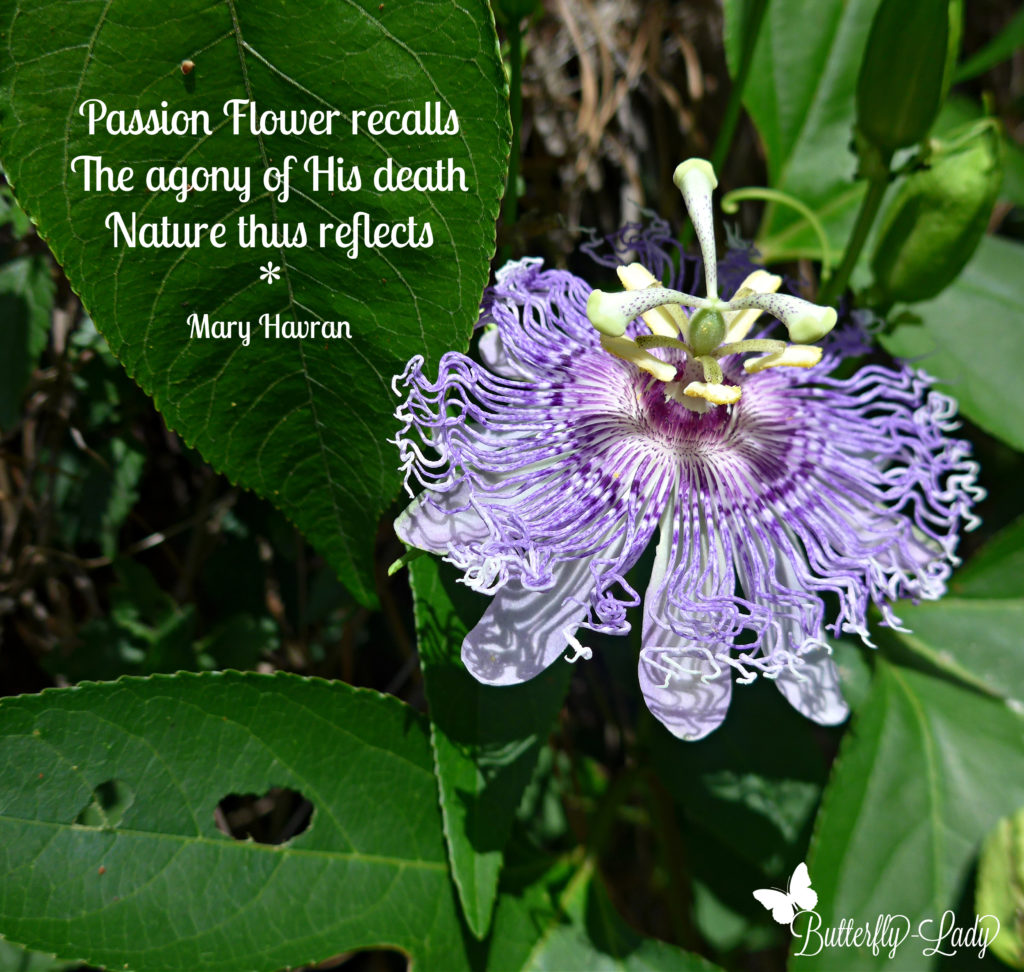
The Corona Filaments
The filaments grow in a ring right above the petals and sepals on the passionflower. These filaments are said to represent the crown of thorns that Jesus wore before his crucifixion. The word “corona” is actually defined as being like a crown, or in the shape of a crown.
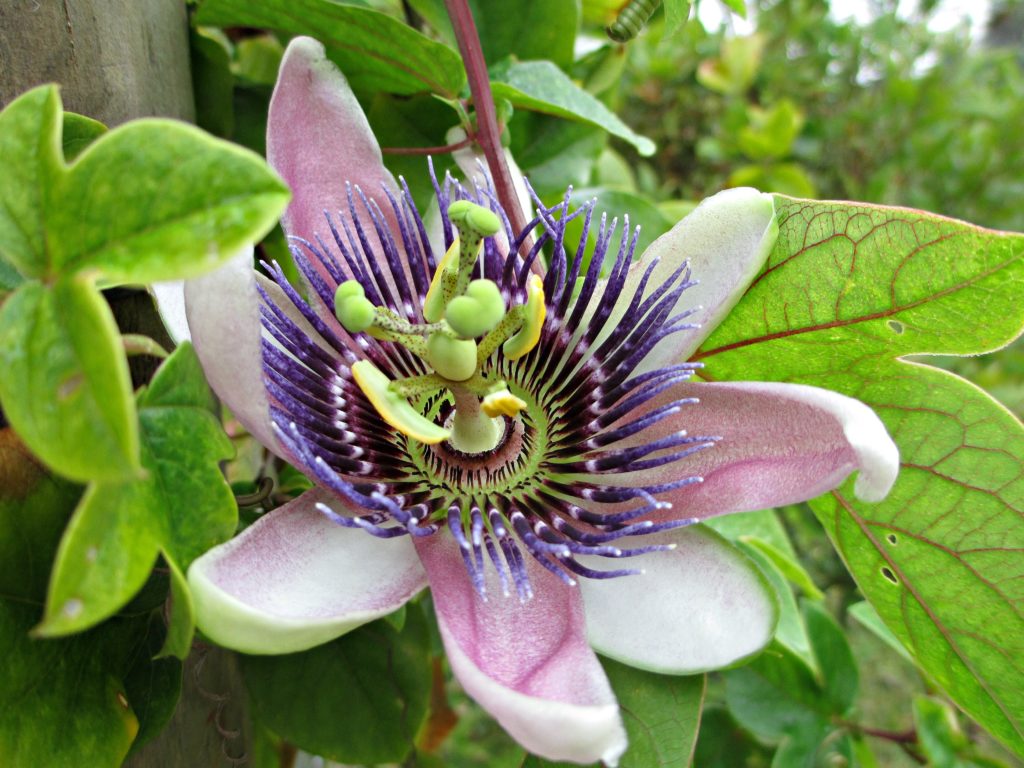
Stigma
At the top of the flower, above the petals, sepals, and corona filaments, there are three stigmas. The stigma is the part of the flower that receives pollen and initiates fertilization. The three stigmas on the passionflower are said to represent the three nails that held Jesus to the cross.

Petals and Sepals
The ten “petals” are said to represent the ten apostles who were faithful to Jesus throughout the crucifixion.

Anthers
The passion flower has five anthers that can be found right below the three stigmas. The anthers are the parts of the flower where pollen is produced. The five anthers are said to symbolize five wounds that Jesus suffered when he was crucified.
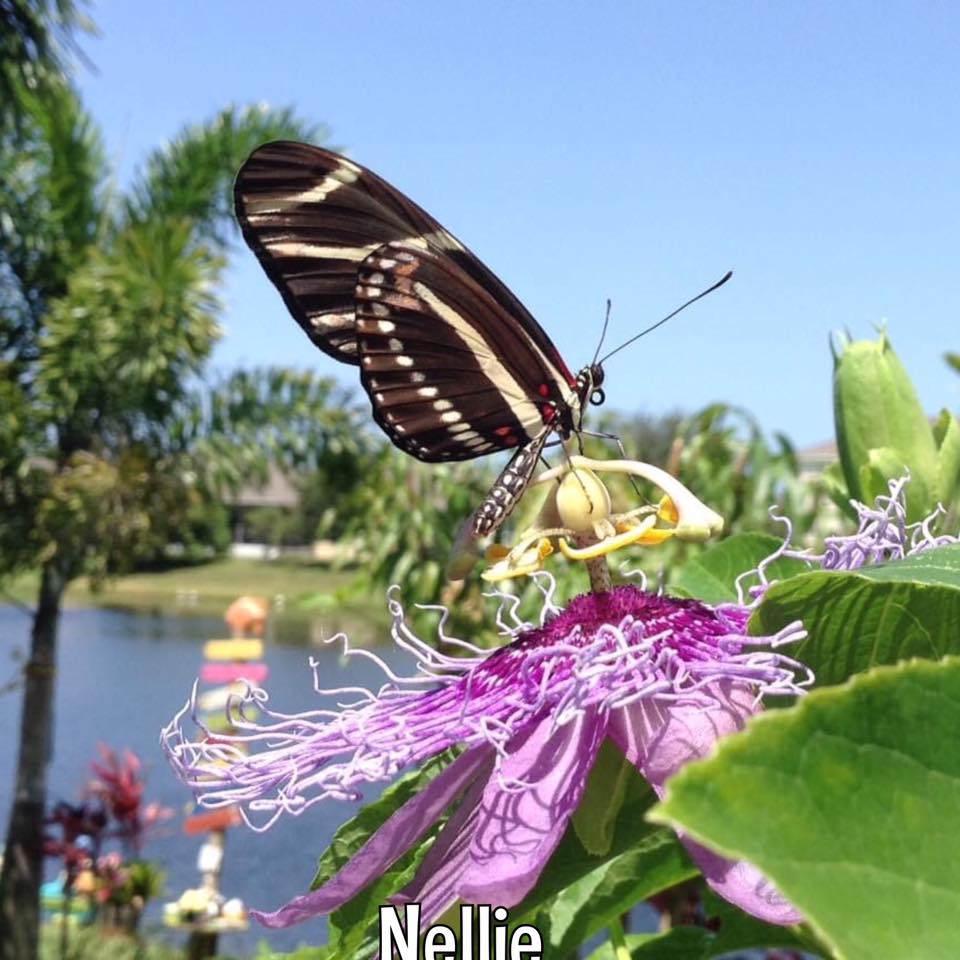
Fruit
The fruit represents our world that Jesus saved when he sacrificed himself. The fruit is generally a round shape, which is why it is referred to as the earth in this reference.
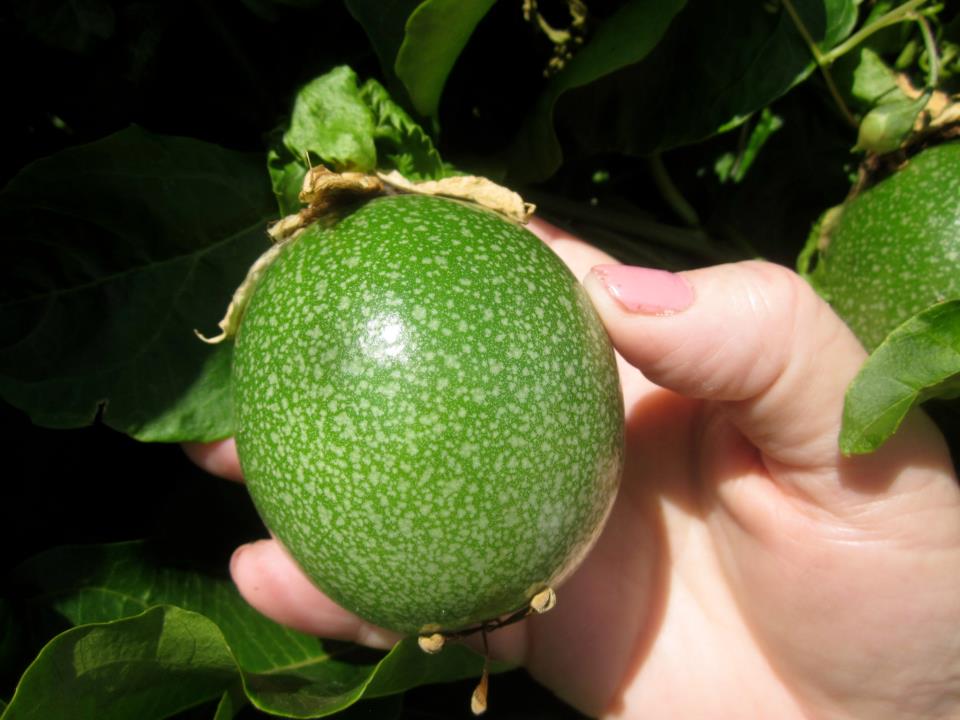
Such symbols gave a specific focus of Christian faith to the religious sense of nature, and also provided a visual means of teaching the Gospel story in an era where there were no printed catechisms.
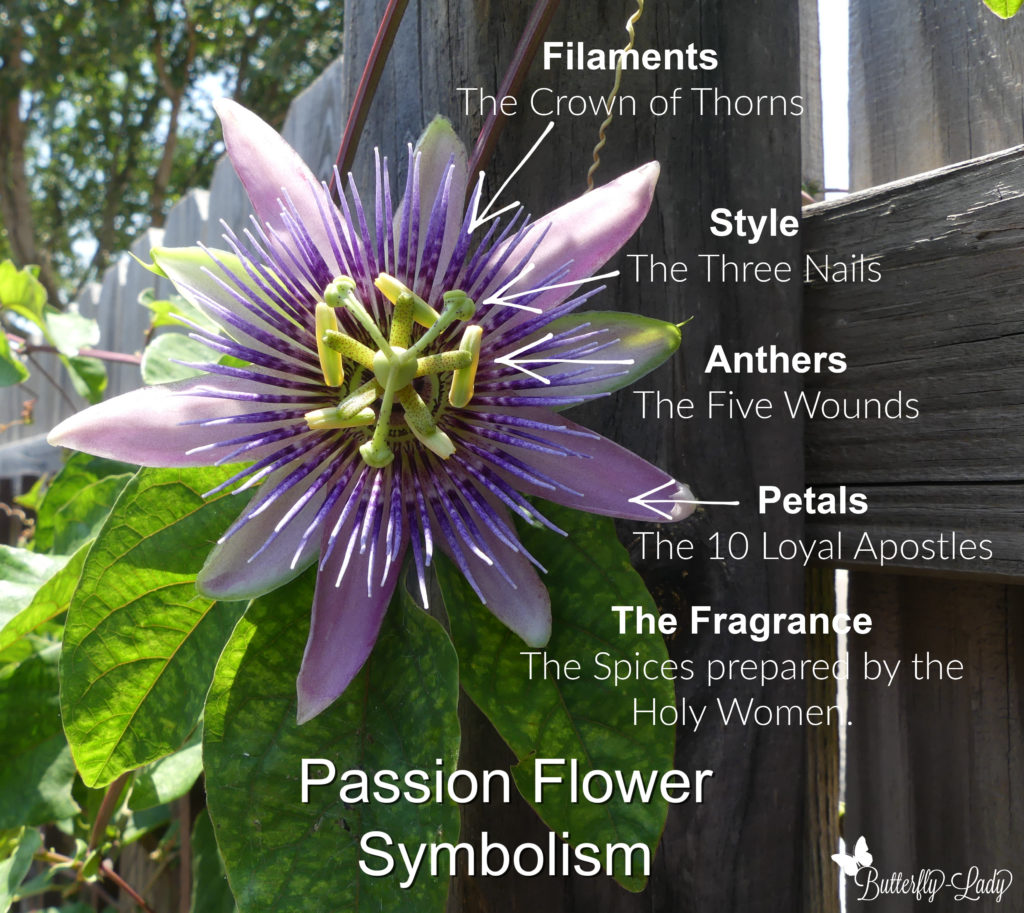

Sources:
https://florgeous.com/passion-flower-meaning/
www.passionflow.co.uk/passion-flower-history/
https://aggie-horticulture.tamu.edu/archives/parsons/flowers/passionflr.html
